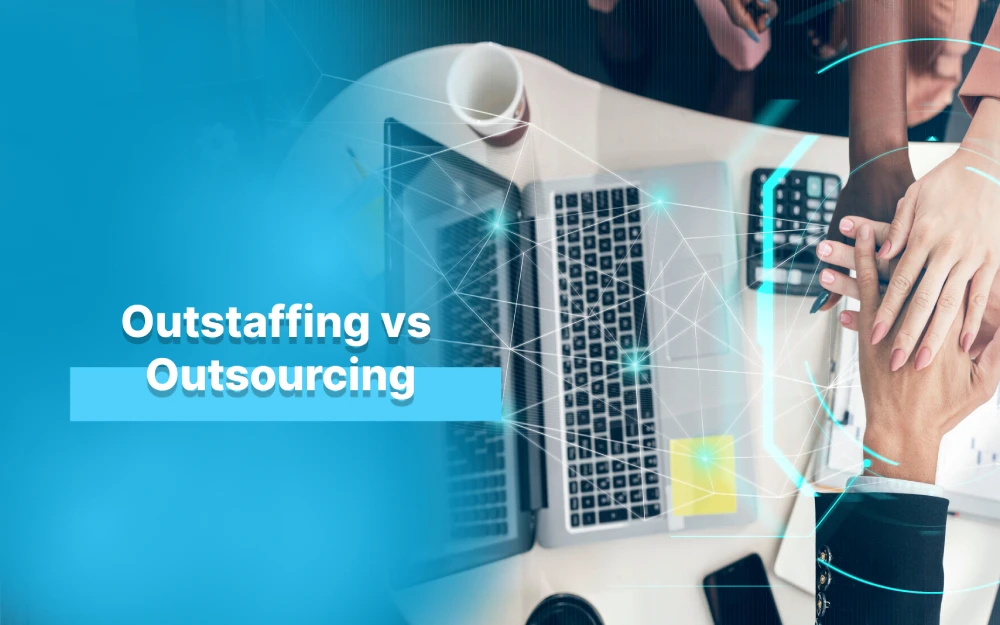What is a Scrum Master? In the realm of agile project management, the role of the Scrum Master is pivotal. Scrum Masters ensure that Scrum—a popular agile framework for managing complex projects—is understood and...
How do I become an iOS developer?
How do I become an iOS developer? The world of mobile apps is booming, and iOS apps are at the forefront of innovation and design. If you've ever dreamt of turning your ideas into reality and building the next...
What is system administration?
What is System Administration? System administration is a crucial aspect of managing and maintaining the IT infrastructure of an organization. It involves a wide range of tasks and responsibilities aimed at...
php developer job description
php developer job description In the ever-evolving landscape of web development, PHP continues to hold a prominent place. As one of the most widely used server-side scripting languages, PHP powers millions of websites...

Outstaffing vs Outsourcing
Outstaffing vs. Outsourcing
Table of Contents
In today’s fast-paced business environment, companies often seek flexible and cost-effective solutions to meet their staffing needs and drive growth. Two popular models that have emerged to address these needs are outstaffing and outsourcing. While both approaches involve delegating tasks to external partners, they differ in several key aspects, including their structure, level of control, and scope of services. In this comprehensive guide, we’ll explore the differences between Outstaffing vs Outsourcing, their benefits, and when to choose each model.
What is Outstaffing?
Outstaffing, also known as staff augmentation, is a business model where a company hires additional staff through an external service provider to work remotely or on-site. Under this model, the outsourced team members become an extension of the client’s in-house team and work exclusively on their projects. However, the outstaffing provider remains responsible for HR-related tasks such as recruitment, payroll, and benefits administration.
Benefits of Outstaffing:
- Access to Specialized Skills: Outstaffing allows companies to access a broader talent pool and hire professionals with specific skills or expertise that may not be available in-house.
- Flexibility and Scalability: Outstaffing provides companies with the flexibility to scale their teams up or down quickly based on project requirements, without the long-term commitments associated with hiring full-time employees.
- Cost-Effectiveness: By outsourcing specific tasks or projects to outstaffing providers, companies can reduce overhead costs associated with hiring and maintaining a full-time workforce.
- Focus on Core Activities: Outstaffing allows companies to focus on their core competencies and strategic initiatives while delegating non-core activities to external experts.
What is Outsourcing?
Outsourcing involves contracting out specific business functions or processes to external vendors or service providers. Unlike outstaffing, where the focus is on augmenting the client’s team with additional staff, outsourcing typically involves transferring entire projects or functions to external partners. The outsourcing provider assumes responsibility for delivering the agreed-upon services, often under a service-level agreement (SLA).
Benefits of Outsourcing:
- Access to Specialized Services: Outsourcing enables companies to access specialized services or capabilities that may not be available internally, such as IT support, customer service, or back-office operations.
- Cost Savings: By outsourcing non-core functions to external providers, companies can achieve cost savings through economies of scale, reduced labor costs, and streamlined operations.
- Focus on Core Competencies: Outsourcing allows companies to focus their resources and efforts on core business activities, innovation, and strategic growth initiatives.
- Risk Mitigation: Outsourcing certain functions or processes to external partners can help mitigate risks associated with regulatory compliance, technology obsolescence, and market fluctuations.
what is the difference between ui and ux developer?
When to Choose Outstaffing vs. Outsourcing
The decision to choose between outstaffing and outsourcing depends on various factors, including the nature of the project, the level of control desired, and the specific requirements of the company. Here are some scenarios where each model may be more suitable:

Choose Outstaffing When:
- You need to augment your in-house team with additional staff for a specific project or period.
- You require specialized skills or expertise that are not available internally.
- You want more control over the day-to-day activities and management of the outsourced team members.
- You prefer a collaborative working relationship with the external staff, with seamless integration into your existing processes and workflows.
Read More : java software outsourcing
Choose Outsourcing When:
- You need to outsource entire functions or processes to external providers, such as IT infrastructure management, payroll processing, or customer support.
- You want to reduce operational costs and overhead by delegating non-core activities to specialized service providers.
- You seek to access specialized services or capabilities that are not available internally or require significant investments to develop in-house.
- You prefer a hands-off approach, where the outsourcing provider assumes full responsibility for delivering the agreed-upon services, with minimal oversight required from your end.
In summary, outstaffing and outsourcing are two distinct business models that offer companies flexibility, scalability, and access to specialized skills or services. While outstaffing focuses on augmenting the client’s team with additional staff, outsourcing involves delegating specific functions or processes to external providers. By understanding the differences between these models and evaluating the specific needs of your organization, you can make informed decisions about which approach best aligns with your strategic objectives and business requirements. Whether you choose outstaffing, outsourcing, or a combination of both, the key is to partner with reliable and experienced service providers who can deliver value and support your business growth.




